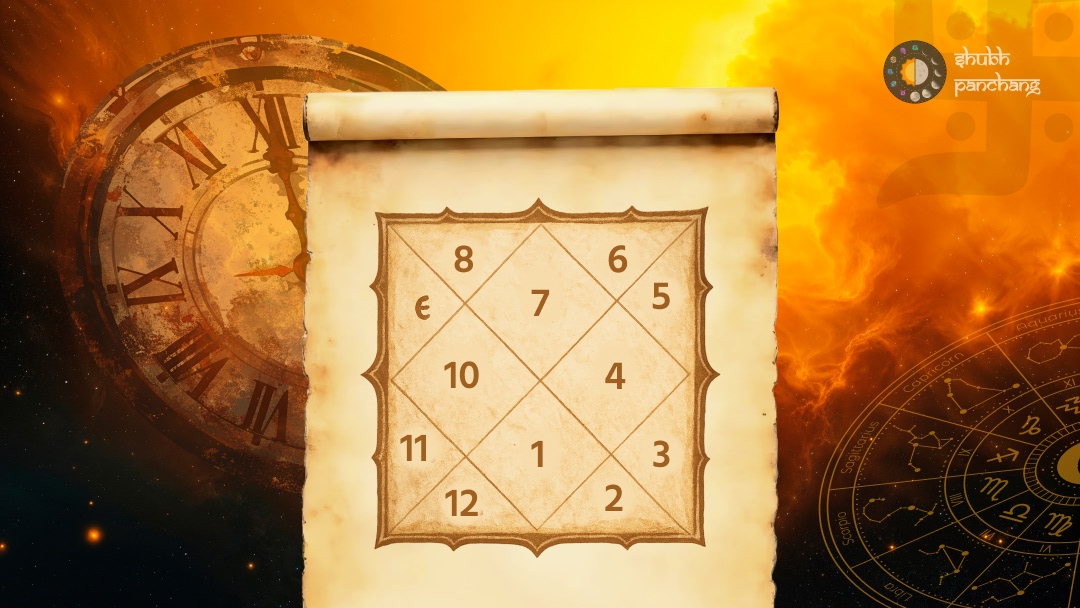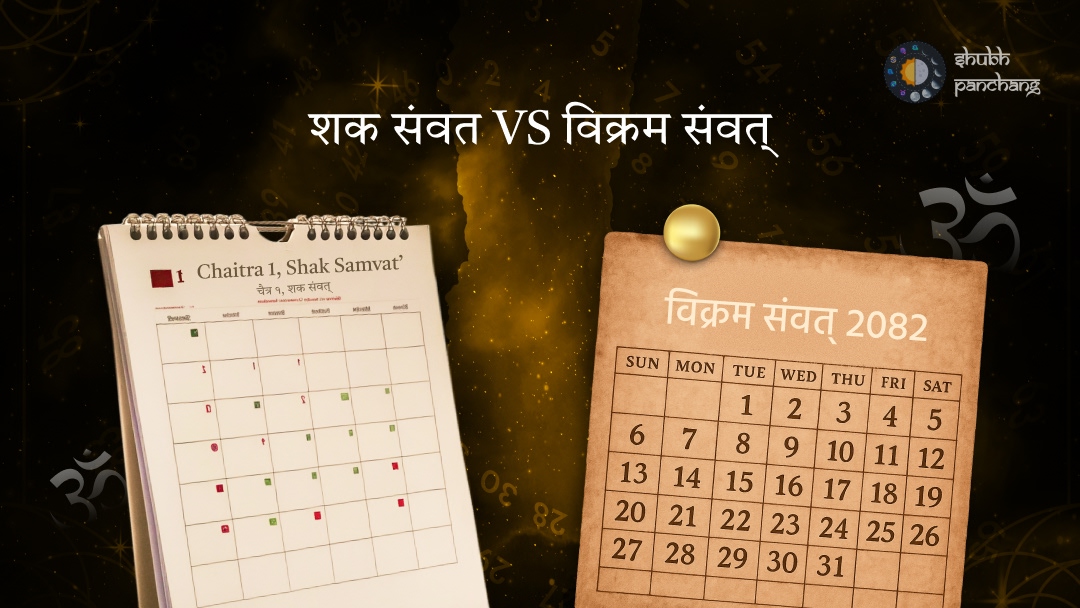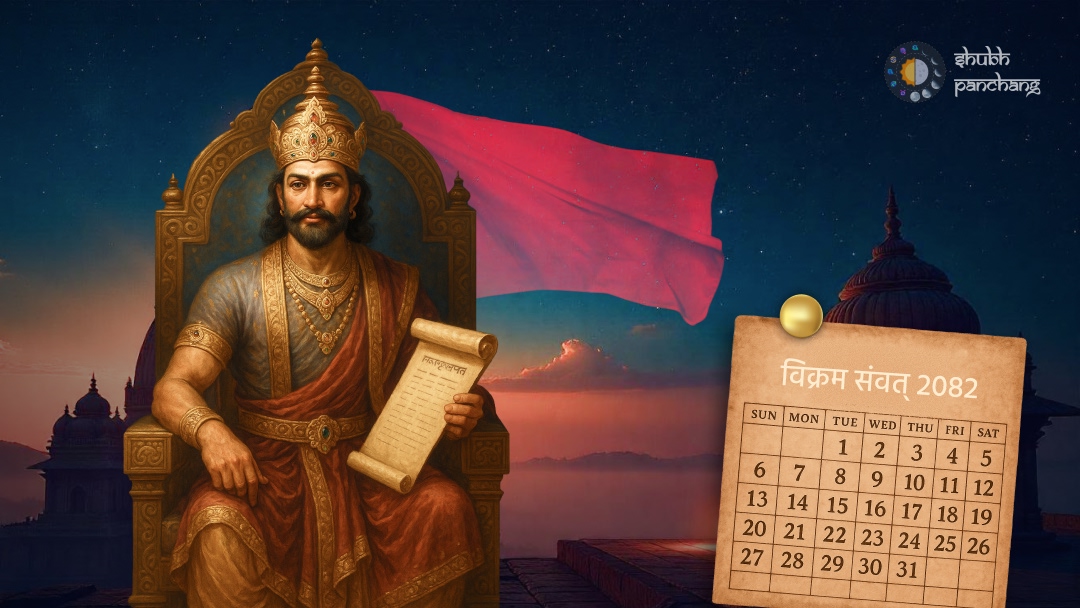
What is a Shubh Panchang?
Have you ever wondered how auspicious dates for weddings or festivals are decided? Or maybe you've heard elders talking about 'Shubh Muhurat' for starting something new. At the heart of it all lies the Shubh Panchang, a Hindu calendar that's much more than just dates and times. It’s a cosmic guide, passed down through generations, that helps us align our actions with the energies of the universe. Think of the Panchang as your cosmic GPS, guiding you towards favorable outcomes. I’ve noticed after years of practice, understanding and utilizing it can bring profound peace and clarity to decision-making. But what exactly *is* a Shubh Panchang? Let's explore!
The Five Key Elements of a Panchang
Essentially, the Panchang is a Hindu almanac that details the daily astronomical positions. The term 'Panchang' is derived from the Sanskrit words 'Pancha' (five) and 'Anga' (parts). These five 'Angas', or elements, combine to provide a comprehensive overview of the day's astrological influences. A 'Shubh' Panchang simply refers to an auspicious one, where the combination of these elements is considered favorable for undertaking certain activities. Now, let's break down these five pivotal components:
Understanding the Five Limbs
Tithi (Lunar Day)
The Tithi represents the lunar day in a Hindu month, which is determined by the angular relationship between the Sun and the Moon. There are 30 Tithis in a lunar month, divided into two fortnights: Shukla Paksha (the waxing phase) and Krishna Paksha (the waning phase). Each Tithi has its own unique energy and is considered auspicious for specific activities. For instance, some Tithis are considered excellent for starting new ventures, while others are better suited for spiritual practices. I've often seen how aligning important tasks with favorable Tithis brings more ease and success.
Vaar and Nakshatra
Vaar (Weekday)
This one’s fairly straightforward – it refers to the day of the week. Each day is ruled by a specific planet and carries its own distinct influence. For example, Sunday is ruled by the Sun and is often associated with leadership and vitality. Monday is ruled by the Moon and linked to emotions and nurturing. Understanding the planetary ruler of the day can help you tailor your activities accordingly. After all, wouldn't you prefer starting a business deal on a Wednesday ruled by Mercury known for communication?
Yoga and Karana
Nakshatra (Lunar Mansion)
The Nakshatra is the constellation in which the Moon is positioned on a given day. There are 27 Nakshatras, each spanning 13 degrees and 20 minutes of the zodiac. Each Nakshatra is associated with specific qualities, deities, and ruling planets. And some are considered more auspicious than others for certain activities. Wait until you discover the role that your birth Nakshatra plays in determining your inherent nature and life path!
The Importance of Yoga and Karana
Yoga (Astrological Combination)
Yoga, in the Panchang context, refers to a specific combination of the Sun and Moon's longitudinal positions. There are 27 Yogas, each with its own unique influence. Some Yogas are considered beneficial for specific endeavors, while others are deemed unfavorable. After years of practice, I've found that careful consideration of the Yoga can significantly impact the outcome of an event.
Karana (Half Lunar Day)
A Karana is half of a Tithi, meaning there are two Karanas in a single Tithi. There are a total of 11 Karanas, each with its own unique characteristic. Karanas are dynamic and influence the first and second halves of the lunar day. Interestingly, some Karanas are considered more stable and suitable for important tasks, while others are better for more flexible or creative pursuits. I initially thought they were less important, but now I understand how significantly they affect subtle energies!
Shubh Panchang and Shubh Muhurat
The Shubh Panchang plays a crucial role in determining auspicious timings, known as Shubh Muhurat, for various activities. A Muhurat is a specific time frame when the planetary alignments and the combination of the Panchang's five elements are considered most favorable for achieving success. From weddings and housewarming ceremonies to starting a new business or undertaking a long journey, Muhurat helps you synchronize your actions with the cosmos. After all, choosing the right time can significantly increase your chances of a positive outcome!
Using Panchang in Daily Life
But how does all this translate into our daily lives? Well, the Panchang isn't just for planning major events. It also offers valuable insights for everyday decisions. It helps with:
- Daily Planning: Knowing the Tithi, Nakshatra, and Yoga can guide your daily activities, helping you align with the prevailing cosmic energies.
- Festival Observance: The Panchang dictates the dates and timings of Hindu festivals, ensuring proper observance and maximizing spiritual benefits.
- Wedding Dates: Choosing an auspicious wedding date based on the Panchang is a deeply ingrained tradition, believed to ensure marital harmony and longevity.
- Important Decisions: Whether it's signing a contract or launching a project, consulting the Panchang for a Shubh Muhurat can increase your chances of success.
From Vedic Roots to Modern Applications
The Panchang has its roots in Vedic astrology, an ancient system of knowledge that seeks to understand the interconnectedness of the cosmos and its influence on human life. By studying the planetary positions and their relationships, Vedic astrologers developed the Panchang as a practical tool for aligning human activities with the cosmic rhythm. This ancient wisdom provides a framework for understanding time and its impact on our lives. Modern usage of the Panchang has been greatly enhanced by digital tools and apps. While traditional printed Panchangs are still widely used, digital versions offer convenience and accessibility. These apps provide real-time information on the Panchang's elements, Muhurat timings, and personalized astrological insights. They also make it easier for individuals to consult the Panchang and integrate its wisdom into their daily lives. So, in conclusion, whether you rely on traditional printed Panchangs or modern digital tools, understanding and utilizing the Shubh Panchang can enrich your life in profound ways. It's a powerful way to connect with ancient wisdom, align with cosmic energies, and make more informed and auspicious choices.







